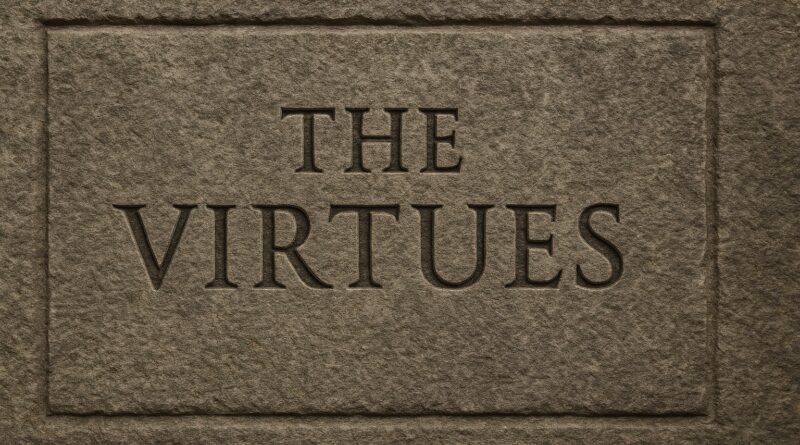Practicing Memento Mori: Learning to Live by Remembering Death
We spend much of our lives pretending we have endless time. The Stoics knew better. Memento Mori—remember that you will die—was not a grim command but a call to live awake. Modern science now confirms what they intuited: when people recognize their days are finite, they become calmer, kinder, and more grateful.
In this new essay, I explore how ancient philosophy and modern psychology meet on common ground. From Seneca to Stanford researcher Laura Carstensen, the message is the same: awareness of mortality can make life richer, not smaller. Read Memento Mori: Learning to Live by Remembering Death.
Read more








